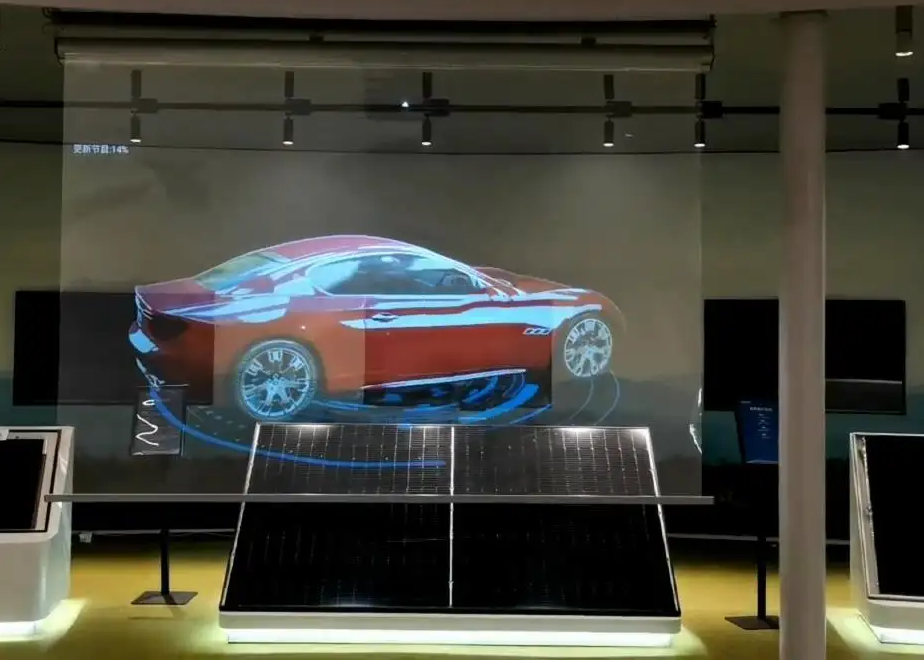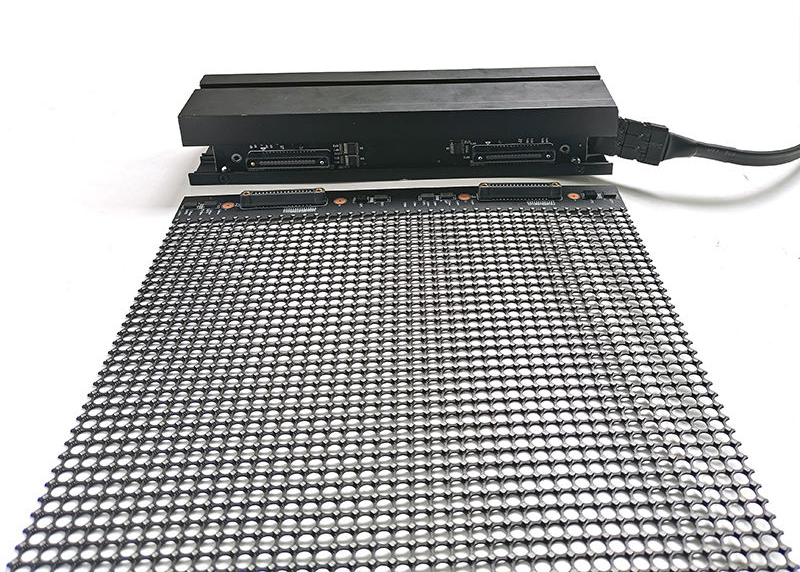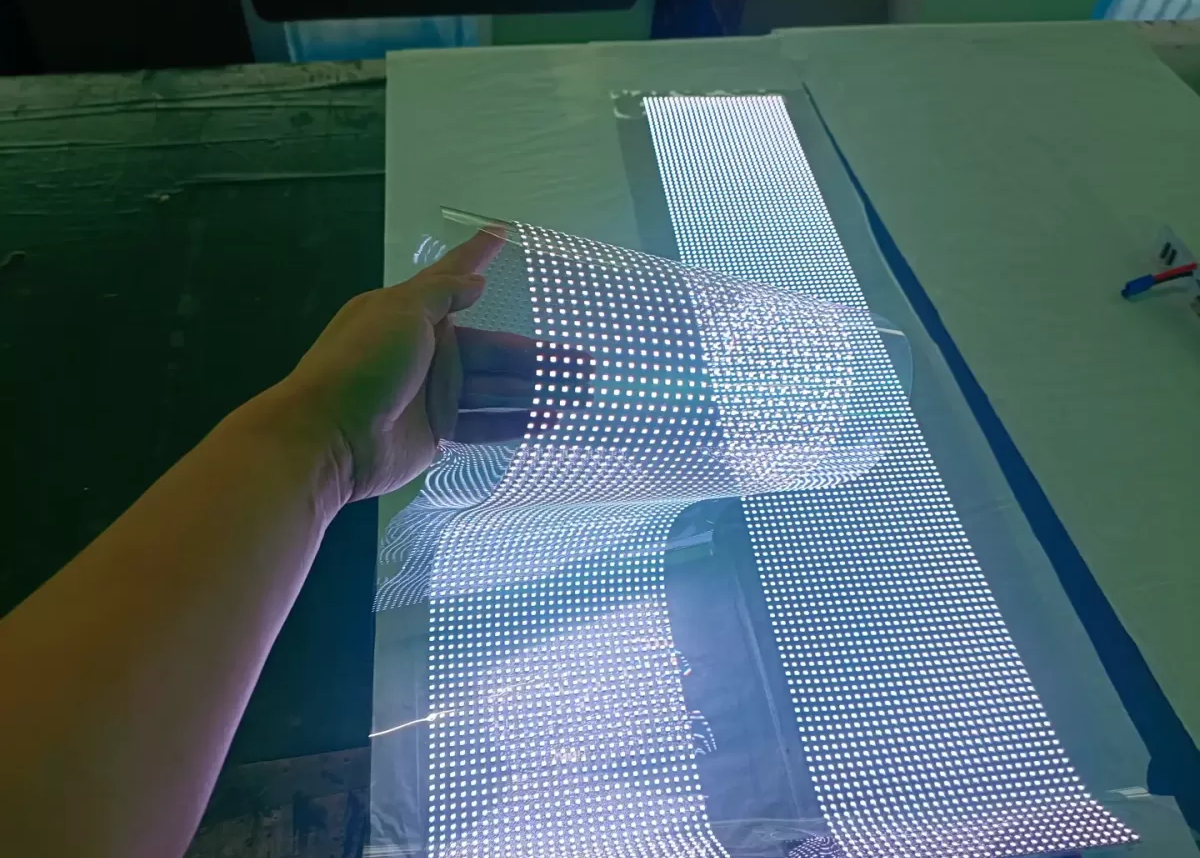With the continuous advancement of technology, interactive electronic whiteboards have become powerful tools in modern education. They are not just simple projection screens but also effective instruments for teachers to innovate their teaching methods and engage students. This article will explore how interactive electronic whiteboards can be seamlessly integrated with various teaching methods, providing teachers with richer instructional means and students with more interactive learning experiences.

There is a range of teaching methods that can be utilized alongside interactive electronic whiteboards. The following are among the most frequently employed approaches:
1. Cooperative Learning
Teachers can use interactive whiteboards to facilitate cooperative learning. Students can work together on problem-solving, collaborative tasks, or group discussions on the whiteboard. The interactive tools and features on the whiteboard can help students co-construct knowledge, share viewpoints, and engage in collaborative learning.
2. Inquiry-Based Learning
Interactive whiteboards can serve as tools for inquiry-based learning. Teachers can present questions on the whiteboard, guide students to propose hypotheses, and use interactive features to gather and display students’ research findings. The drawing, annotation, and multimedia embedding features on the whiteboard can assist students in empirical observation, data analysis, and hands-on learning.
3. Presentation and Demonstration
Interactive whiteboards can be used for presenting and demonstrating instructional content. Teachers can utilize the screen sharing feature of the whiteboard to showcase teaching resources, demonstrate processes, or explain concepts. The writing, drawing, and multimedia embedding features on the whiteboard can enhance the visual presentation of instructional content, improving students’ understanding and retention.
4. Personalized Learning
Interactive whiteboards can support personalized learning. Teachers can create personalized learning paths and resources for each student based on their learning needs and progress. The instructional content on the whiteboard can be customized according to student’s interests, abilities, and learning styles. Interactive tools and self-directed learning activities on the whiteboard can promote students’ active participation and independent learning.
5. Gamification of Learning
Interactive whiteboards can be combined with gamified learning. Teachers can incorporate gamified elements, interactive activities, and competitive formats on the whiteboard to increase the fun and engagement of learning. For example, interactive games, puzzles, word games, and other activities on the whiteboard can stimulate students’ interest in learning and enhance their motivation.
6.Analysis and Assessment
Interactive whiteboards can be used for analyzing and assessing the learning process. Teachers can track students’ learning progress, collect feedback and opinions using data recording and interactive tools on the whiteboard, and conduct evaluations and reflections. Through the recording and data analysis on the whiteboard, teachers can make timely adjustments to teaching strategies and provide personalized feedback.

In summary, interactive electronic whiteboards, with their various functions and tools, can support the implementation of multiple teaching methods. They provide an interactive, dynamic, and multimedia-rich learning environment that can stimulate students’ interest and active participation, ultimately enhancing the effectiveness of teaching and learning.















